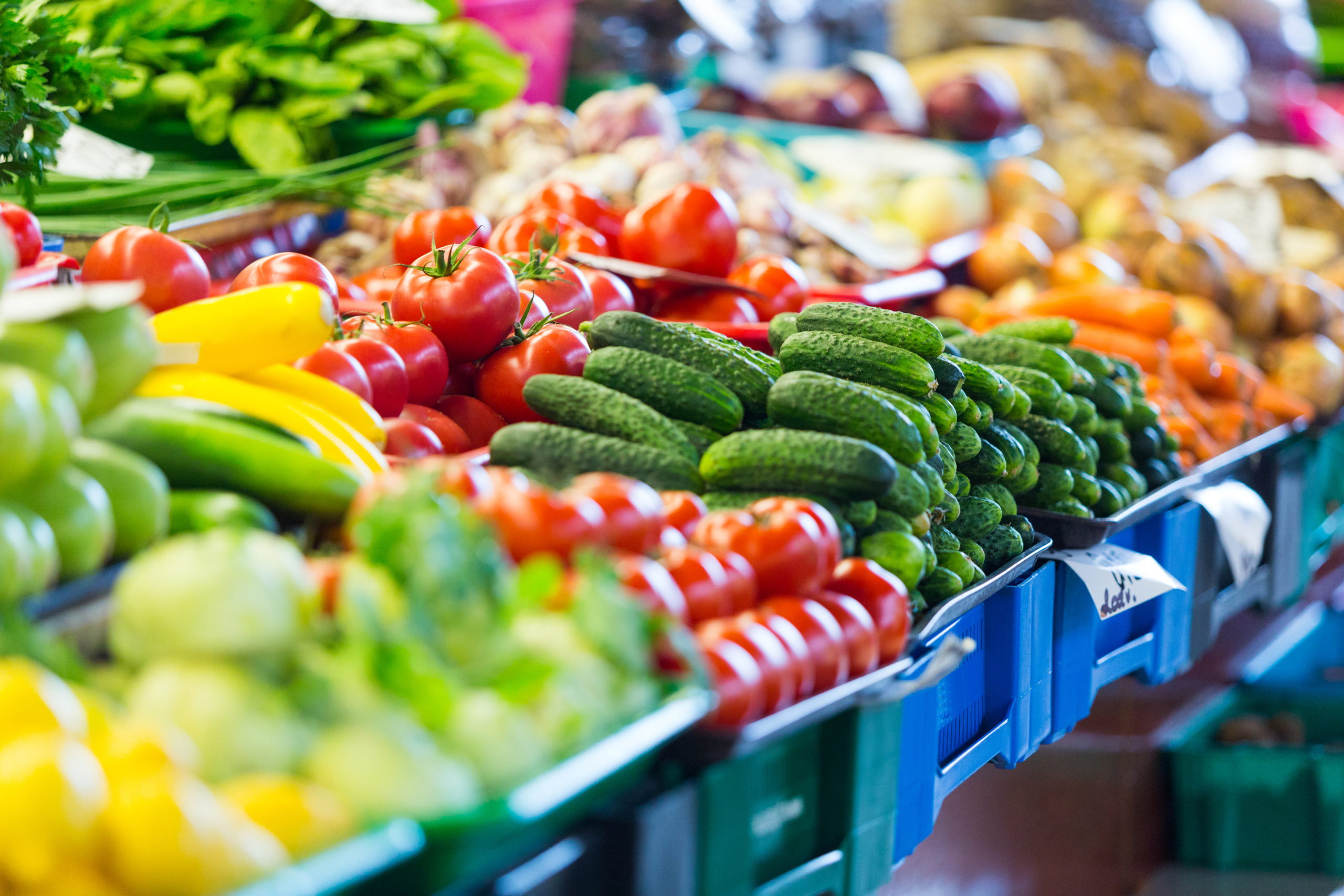An unwelcome dinner guest

You might know what’s in your drinking water, but how about the vegetables on your dinner plate? It’s possible they could contain concerning levels of poly- and perfluoroalkyl substances (PFASs) if they’re grown with PFAS-impacted water.
Mines researchers are actively studying this issue—here’s what we know so far:
Studying the impact
Researchers compiled available data on how much individual PFAS are taken into vegetable crops irrigated with contaminated water to estimate the daily dietary exposure intake of PFAS through vegetables in children and adults. Using statistical modeling techniques akin to election model prediction forecasts, they’re considering a range of variability and uncertainty to identify the “most likely” intake and hazards associated with consumption. The team also predicted risk-based threshold concentrations in produce and irrigation water to provide screening levels for assessment. These represent the range of concentrations for individual PFASs in irrigation water predicted to be below a level of concern for human health.
Analyzing the findings
The team used real-world data from PFAS-contaminated groundwater to conduct a hazard analysis of a theoretical farm comparing different risk estimates based on established state, federal and international toxicity reference doses. This analysis showed estimated exposures to most PFASs exceeding available or derived human health toxicity reference values—indicating water-to-crop transfer is an important exposure pathway for agricultural communities with PFAS-impacted irrigation water.
Christopher Higgins, professor of civil and environmental engineering, said, “Even when drinking water has been treated and is considered safe, there is a potential for exposure from vegetables irrigated with contaminated water or grown in contaminated soil.”
Learn more about this research on minesnewsroom.com.





